
BIRDING IN
Serengeti National Park
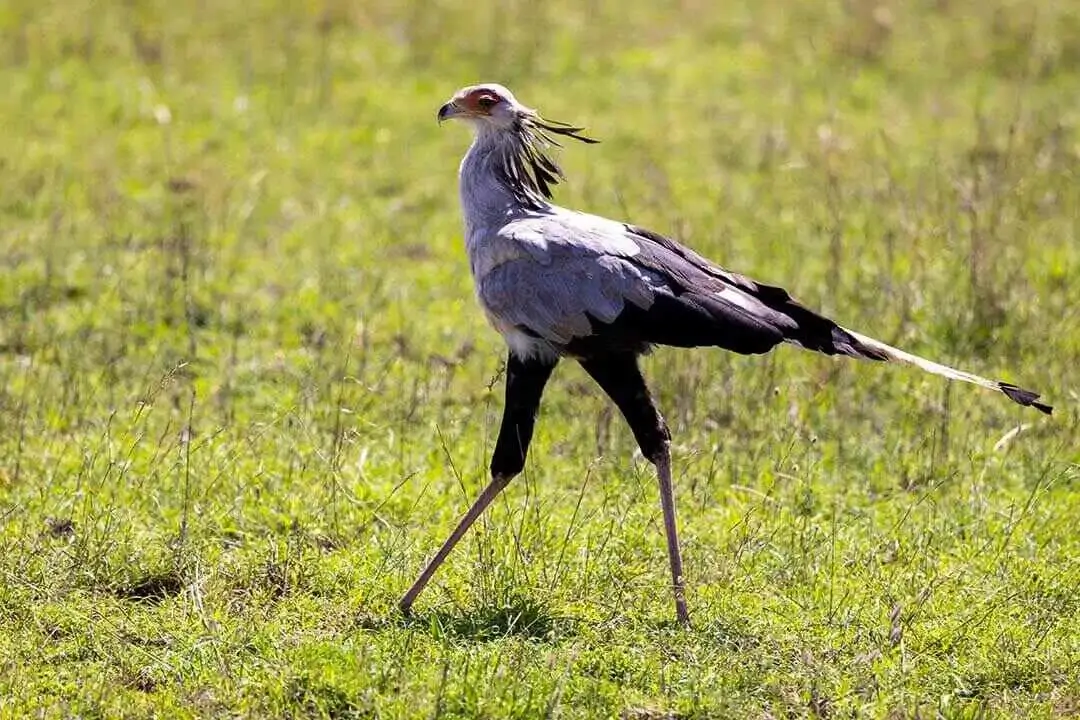
BIRDING IN
Serengeti National Park
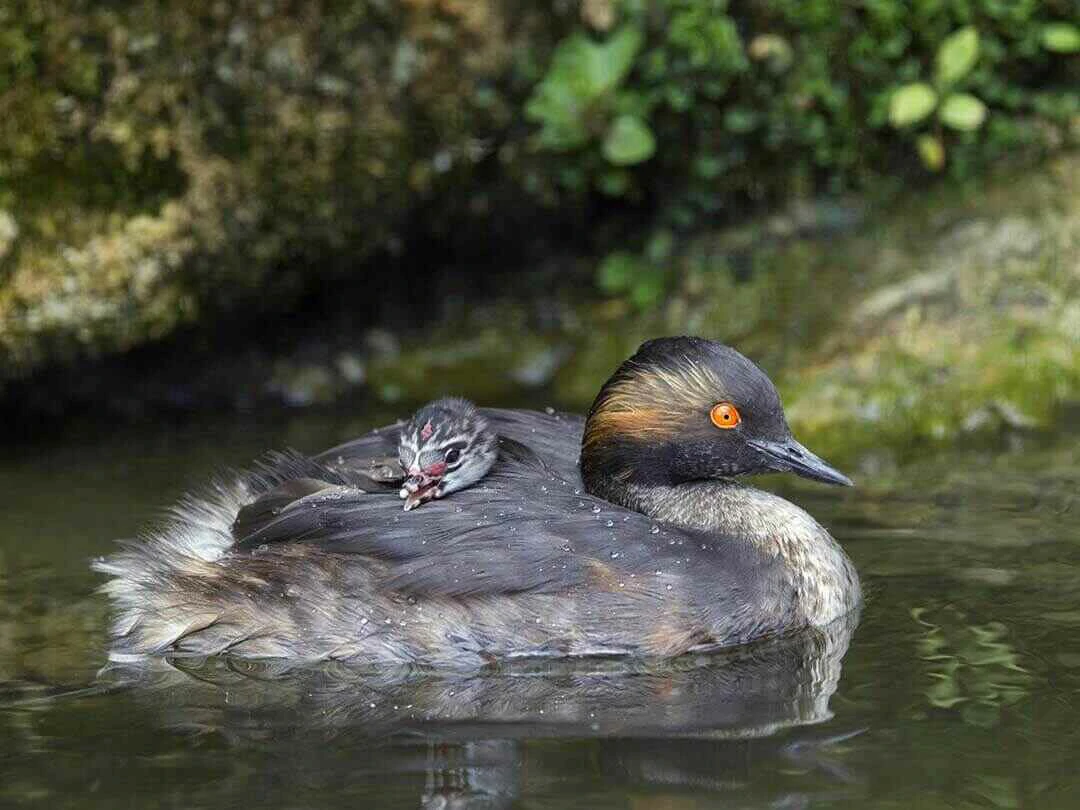
BIRDING IN
Serengeti National Park
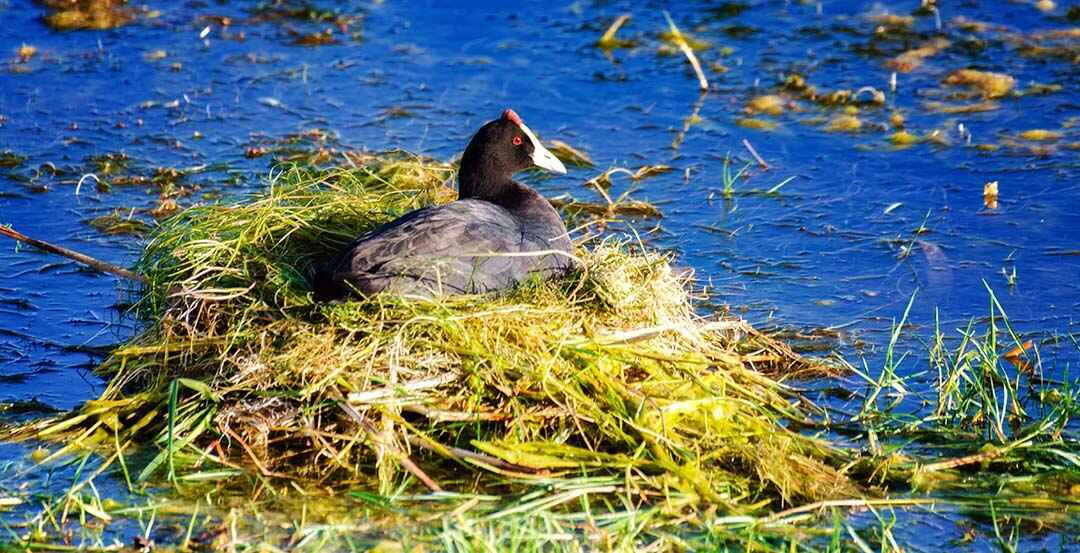
BIRDING IN
Serengeti National Park
It is located in the region Shinyanga, Mara covering an area 1,476,300 hactares and a World Heritage Site at an altitude of 1,200 to 2,177 meters. The Serengeti was designated a protected area in 1940, becoming Tanzania's first National Park in 1951. The Government of Tanzania continues to upgrade the quality of the 'buffer zone' around the Serengeti and established the Grumeti and Ikorongo Game Reserves, an increase in protected status for these areas from the largely ineffective Game Controlled Areas. Lying between Lake Victoria to the west and the Eastern Rift Valley, this famous National Park is part of the East African central plateau.
The park is bordered to the north by the Masai Mara Reserve, to the north-west by the Ikorongo Game Reserve. To the south-west the Serengeti borders the extensive Maswa Game Reserve and to the east Ngorongoro Conservation Area. Land sloping westward from Ngorongoro is primarily short-grass plains. This habitat gives way to long-grass plains and various forms of wooded and bushed grassland to the west and north, dominated by Acacia thorn-trees. There are extensive thickets of Acacia drepanolobium in the south-west and rich riverine forest along the Grumeti River.
Rock kopjes are a feature of the open grassland and rocky hills form ridges in central and western areas. There are few wetlands, but there are many small seasonal rain-fed pools. The park drains westward towards Lake Victoria, the main rivers being the Mbalageti and Grumeti while the larger Mara River passes through the northern section close to the Kenyan border.
An estimated numbers of bird species recorded from the park vary from 458 to 505. Glareolanordmanni and Apaliskaramojae, are of global conservation concern. Ardeolaidae is a regular visitor in low numbers. The status of Circus macrourus is described as locally common. Gallinago media recorded in November and December around rain-fed pools. A remarkable feature of the avifauna is that three Tanzanian endemics occur in substantial numbers yet none has so far been recorded across the Kenya border in the Masai Mara.
Two of these, Francolinusrufopictus and Histurgopsruficauda, are not considered globally threatened. Agapornisfischeri is locally common in mature Acacia woodland, a habitat in which Parusfringillinus is also frequent. Flocks of Prionopspoliolophus have been noted from Acacia robusta woodland along the Duma River and the lower slopes of the Varichoro Hills. Apaliskaramojae occurs in habitat where Acacia drepanolobium is well represented. Phoenicopterus minor are regular visitors to Lake Lagarja, but numbers fluctuate widely depending on water and salinity levels in other Rift Valley lakes as well as in Lagarja. Seasonal pools are important breeding sites for species such as Recurvirostraavosetta and Himantopushimantopus. The park is an important feeding area for Gyps rueppellii
Our Experts are ready to provide answers

Arusha is known to support at least 411 species, including Ardeolaidae, as a non-breeding visitor in small numbers, and one species of the Serengeti plains Endemic Bird Area, as well as 11 species of the Somali - Masaibiome.
Read More
A total of 457 bird species have been recorded from the site. The area is of major importance to migratory waders from northern Eurasia, supporting about 30,000 birds.
Read More
The birdlife in Katavi is good year-round, but at its best from November to April when the migratory birds from Europe and northern Africa are present. At this time, many resident bird species are nesting and are in breeding plumage.
Read More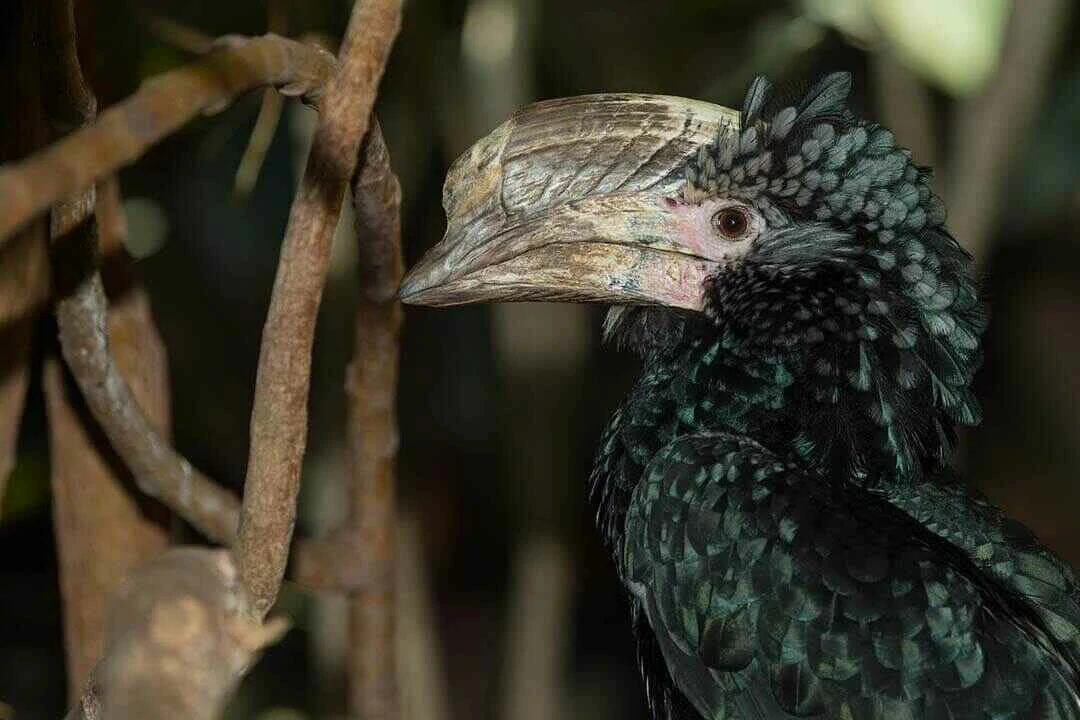
More than 400 species have been recorded here and you can reasonably expect to observe 100 of these in one day.
Read More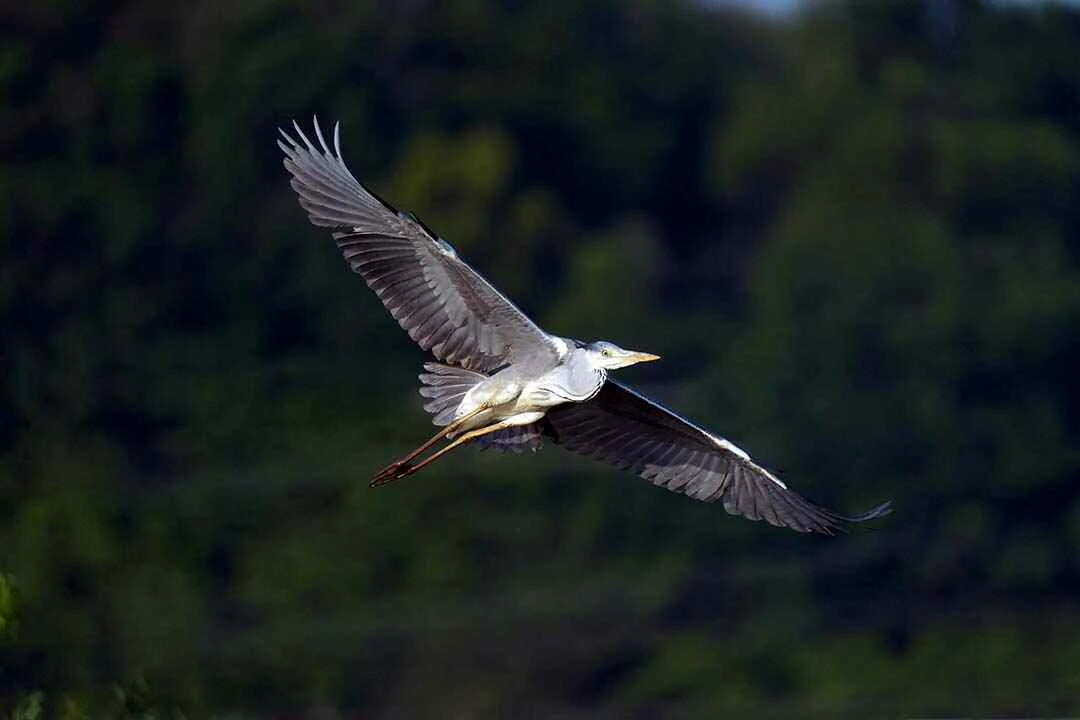
Bird species list includes only 214 species and these include three Guinea - Congo Forests biome species. An endemic subspecies of the globally threatened Apalisargentea is present here.
Read More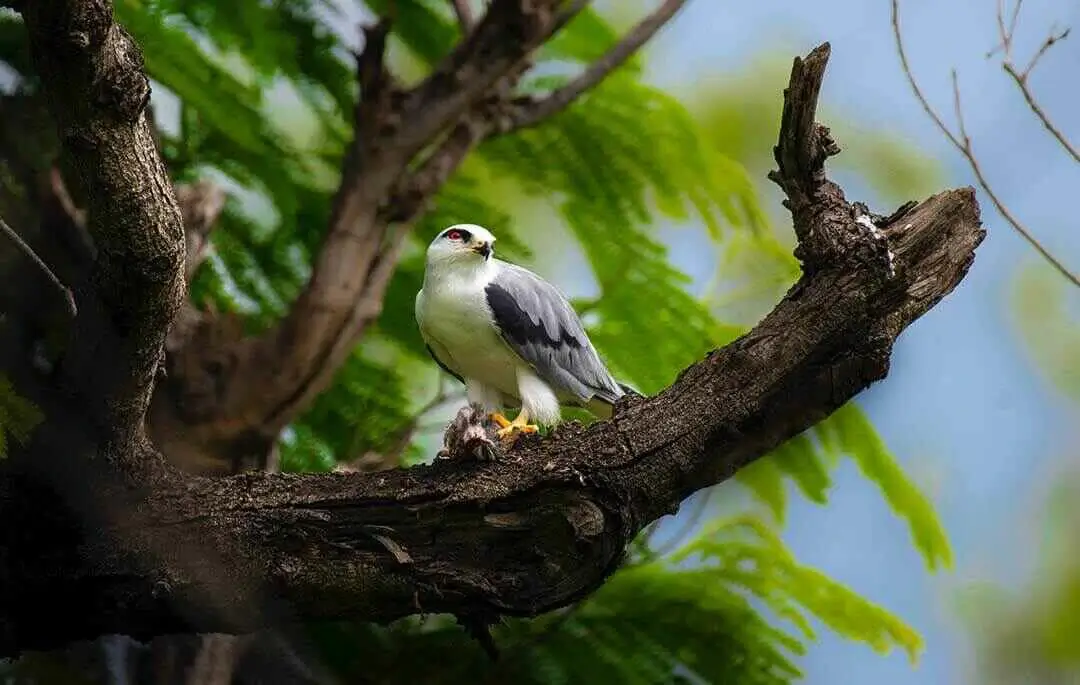
Some 393 bird species are known to occur in the area. Falco naumanni is a regular passage migrant in March and April, but there have been no records of large flocks or wintering birds.
Read More
Some 393 bird species are known to occur in the area. Falco naumanni is a regular passage migrant in March and April, but there have been no records of large flocks or wintering birds.
Read More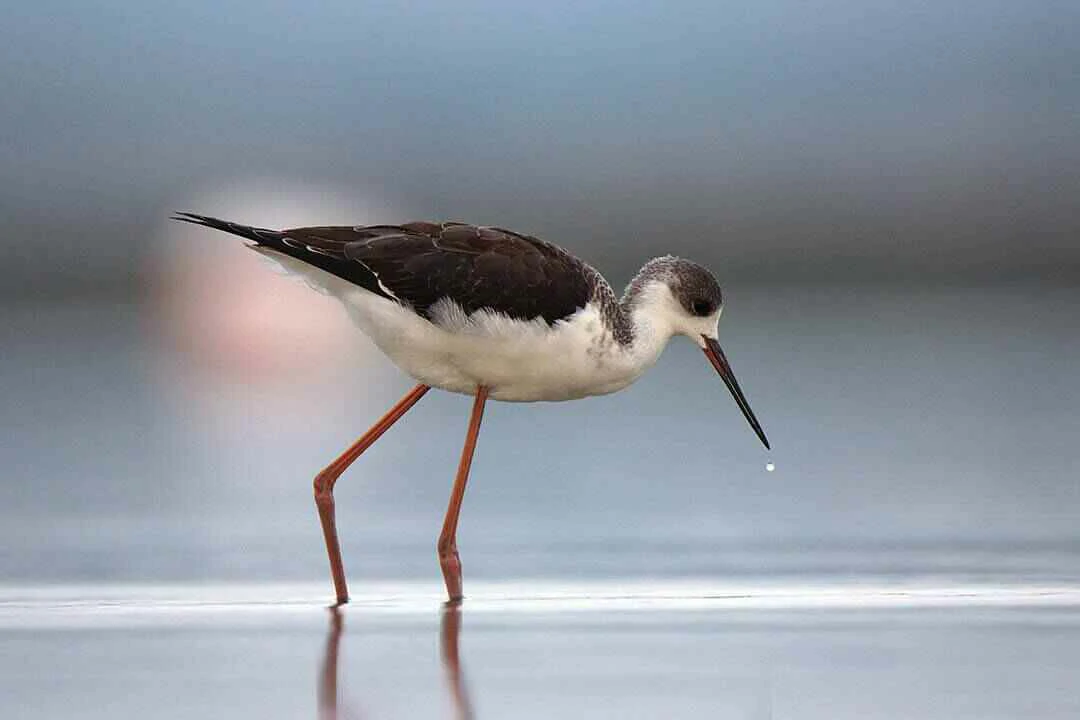
Over 500 bird species are known from the site. Falco naumanni is a passage migrant and Circus macrourus occurs on passage and in winter. Acacia woodland holds the largest known population of Agapornisfischeri, Parusfringillinus is resident and there have been recent records of Apaliskaramojae from Acacia drepanolobium woodland in the south-west of the site.
Read More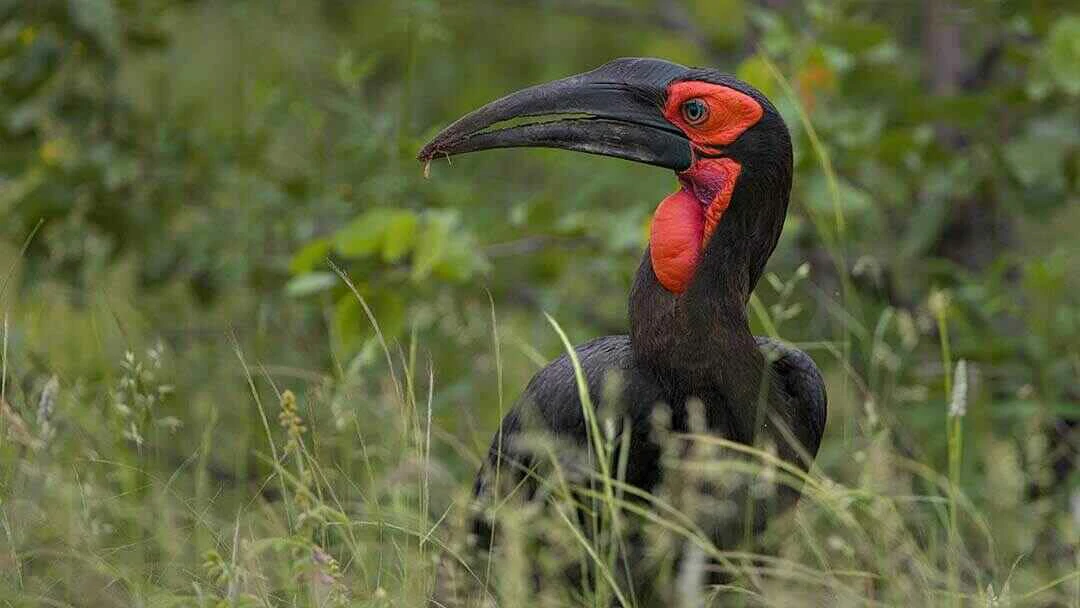
Some 410 species have been recorded for the park, but this figure is almost certainly incomplete as only the main tourist areas are well known. This total includes seven species of the Zambezian biome.
Read More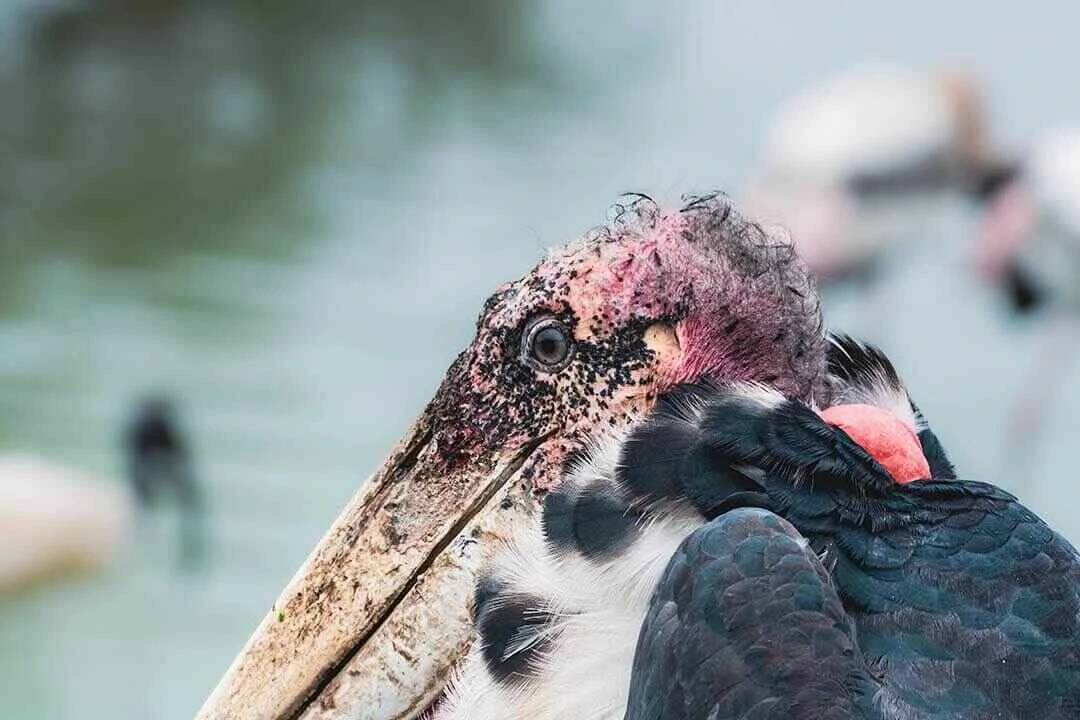
Rubondo main island holds a wide variety of other species, including huge breeding colonies of four species of Ploceus weavers and a relatively dense population of Circaetuscinerascens which are rare in East Africa.
Read More
There is no species list for the park; the total is likely to exceed 450 species. Globally threatened species include Falco naumanni, which occurs in flocks of hundreds in April, following the start of the rains when invertebrate food-supplies are abundant and the park provides secure roost-sites.
Read More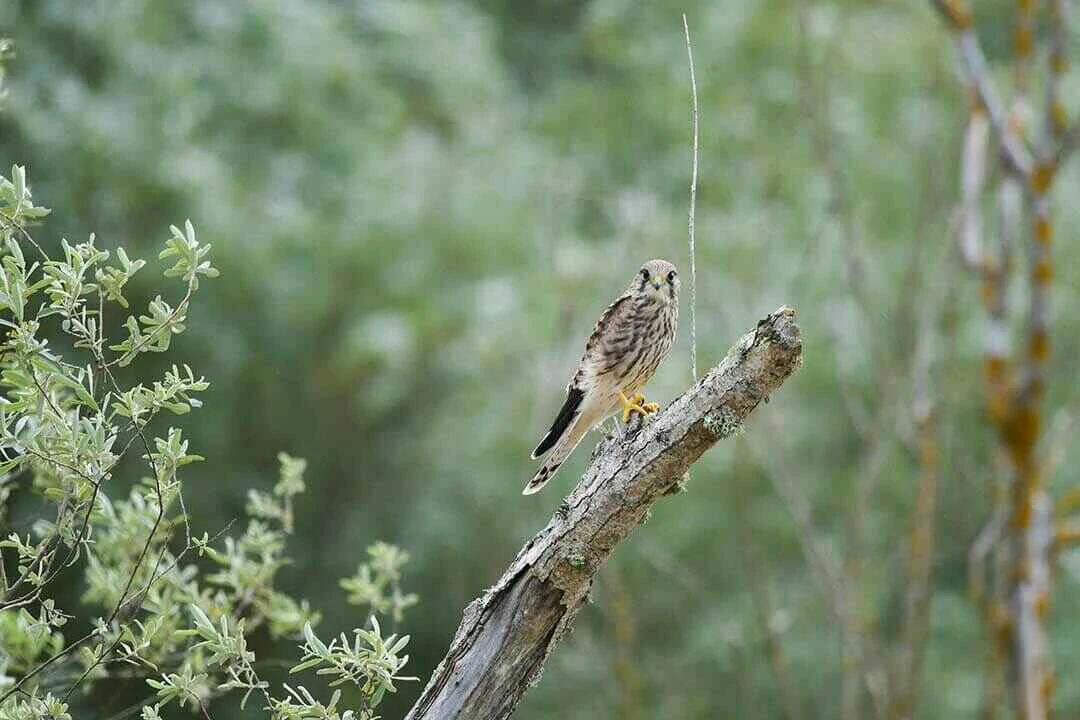
There are sightings of birds like Xenoperdixudzungwensis from near Mount Luhombero, in the park. Circaetusfasciolatus is resident at low densities in low altitude forest at the foot of the east-facing escarpment
Read More